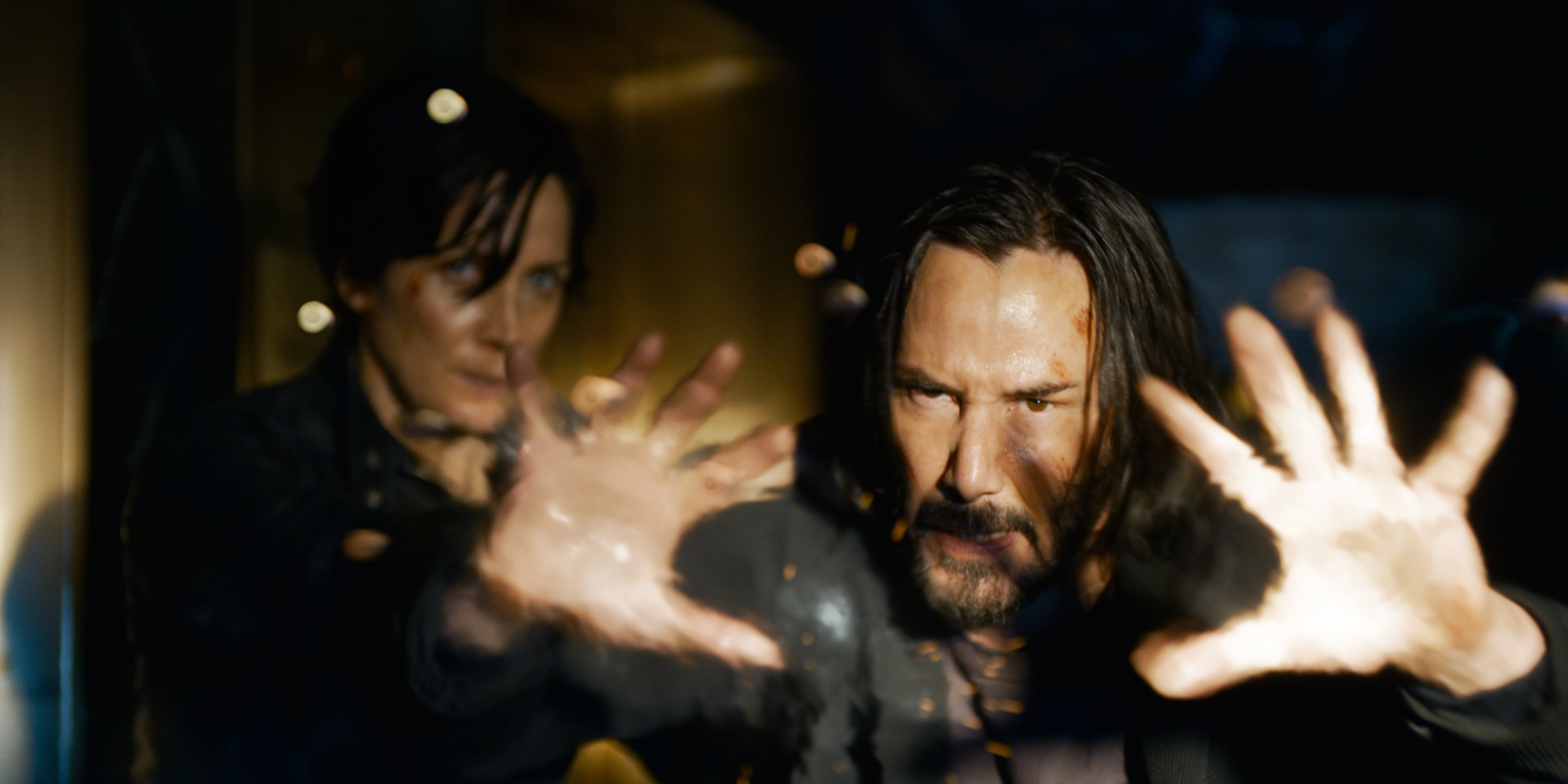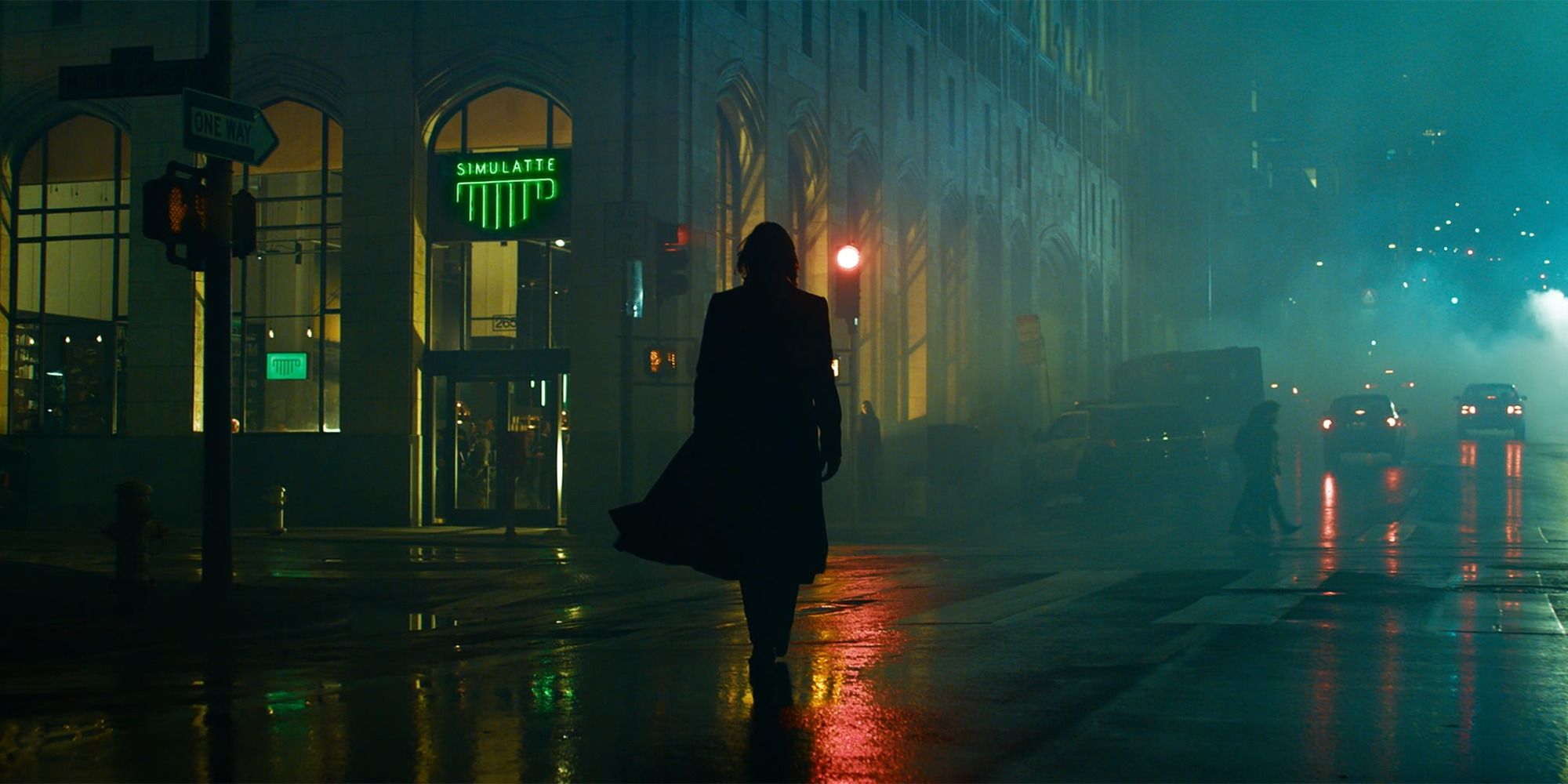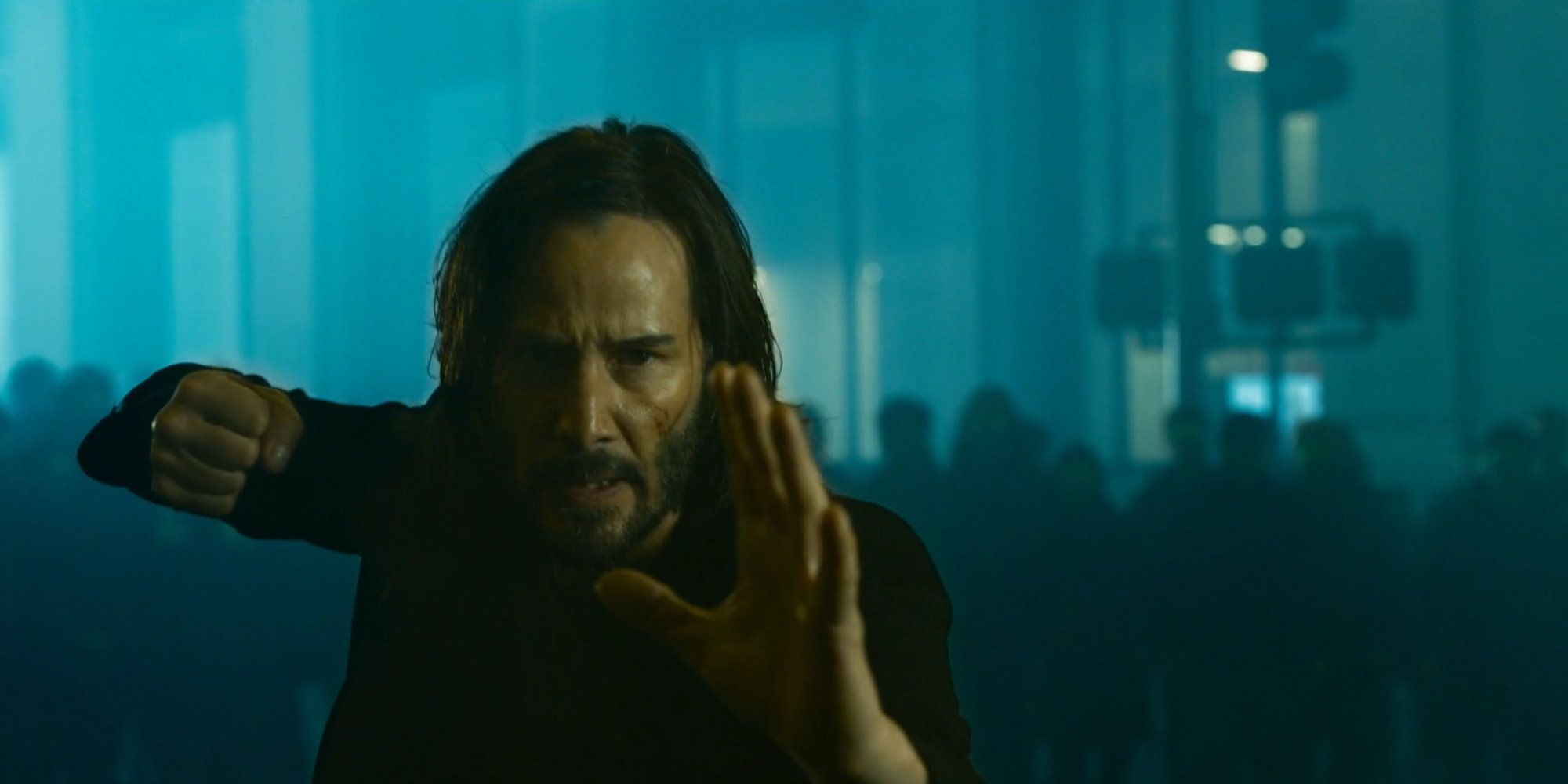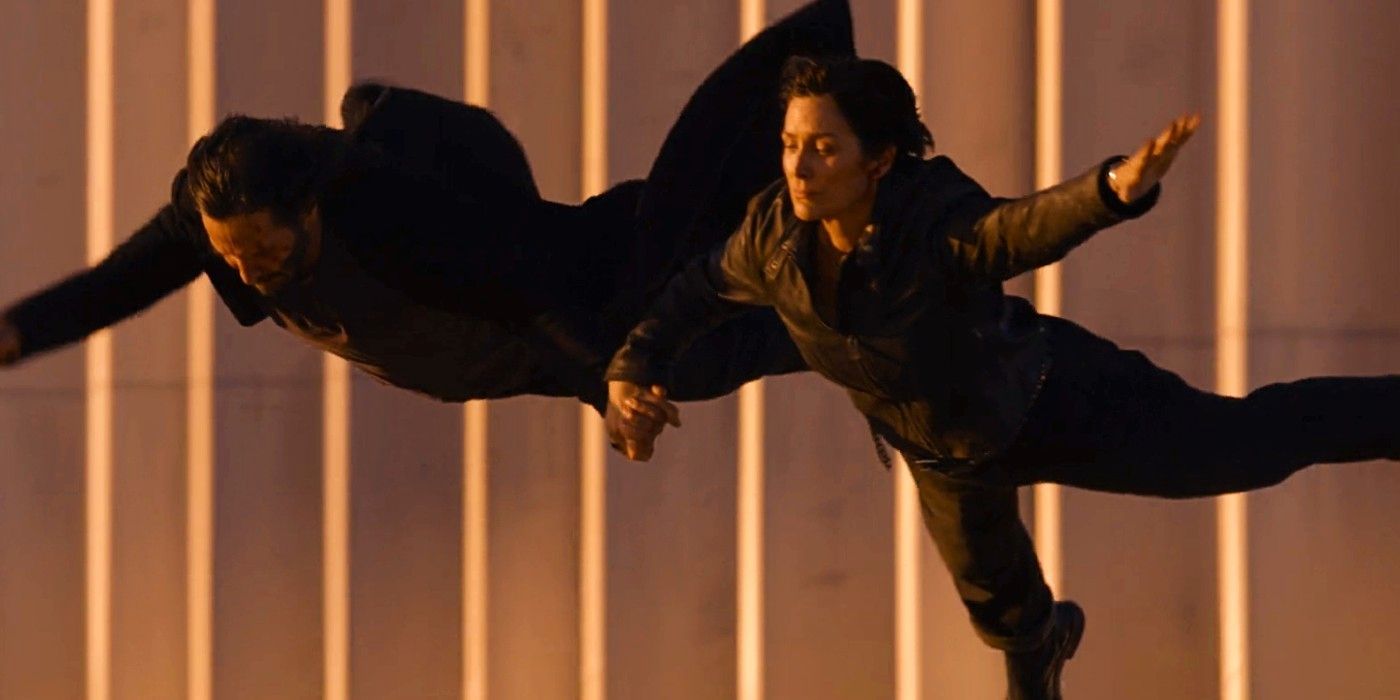The Matrix is one of the most influential movies of all-time, both in terms of its innovations in special effects and its slick melding of action and sci-fi in the live action space, using techniques, ideas, and conventions that had previously only been explored in anime. Video games, as we wrote about when The Matrix Resurrections hit cinemas initially, also borrowed heavily from The Matrix.
With such wide reaching and iconic influence, going back to The Matrix was always going to bring extra pressure on production. Dan Glass, VFX supervisor on The Matrix Resurrections, explains what that pressure meant for the team. "Inevitably, you feel the pressure of expectations," he says. "Ultimately, you try to just focus on making a great movie and entertaining film and doing your work to the best it can be. We explored most of the latest technologies, including some of the cutting edge ones, but maybe not as overtly as people would expect or think. A lot of that is [because] the movie has a very different aesthetic and emotional quality to it than the earlier films. It's a homage in some ways to the first movie, but it's a much more emotional film. Both in terms of story, but also also for Lana as a director, so it wasn't as relevant to stuff it with lots of eye popping technology for its own sake."
Instead of "eye popping" tech, a lot of the scenes you might imagine relied heavily on VFX were shot for real as closely as possible, with visual flourishes added in later. The scene where Anderson smashes the sink over Neo, for example, was done for real with a breakaway sink and perspex dome. Even the mirrors, a new entry to the Matrix mythos, were used with as few effects as possible.
"Luckily, cameras have got very small," Glass says. "So wherever we had a mirror that they walked through, like in the Paris hotel, we had the mirror that we could put in there for the first [shot] to get real reflections. Then it gets taken out, and we have little cameras on the back that essentially capture maybe not the real reflection, but it’s close enough. We're also helped that when they're travelling through it, the mirrors are distorting so it's not crystal clear. The mirror in the bathroom in the office was a bit more complicated because that is not as distorted when he puts his hand in it. We just cut a very small hole for him to put his hand in so most of that mirror is real, the reflections are real, and we only have to deal with a small area."
One scene that seems to be entirely constructed via effects is the slow motion scene where The Architect taunts Neo in the garage as the bullet whistles through the air. However, Glass tells me that the vast majority of the scene was done with as few effects as possible. "Our original explorations looked at shooting underwater in order to get the feeling of struggle of not being able to move as fast as you want to, and I've got a floatiness of hair and clothing," he says. "But the decision was, ultimately, to go dry, mainly because when your face is underwater, the weight of skin is different, and so the look is different. Lana wanted to do a lot of close ups with the actors, so it would have made it difficult to do that, plus The Analyst has to talk in real time, as well. There's a lot more shot in situ than you might think.
"We would do things where Keanu [Reeves] and Carrie-Anne [Moss] were moving very, very slowly. At some point, we had him on a rig so he's held mid step. We put two cameras aligned and shot at different frame rates, so we could take The Analyst at different frame rate look, different motion blur to the others, and then you split screen them together. It's a lot harder because the cameras are moving at different speeds, but the benefit was that everything is the same scene with the same lighting. The interactions, the spatial interactions are correct. We layered some of the things that we've observed from the underwater tests so it has a slight gloopiness and even camera moves if you pay attention, the cameras are given a very slight float to sort of feel almost underwater. But it's definitely something that evolved. It's not like we knew it would be at the outset. It took a lot of exploration to get there."
The most famous instance of The Matrix Resurrections favouring practical stunt work over VFX comes at the film's climax, when Neo and Trinity jump off the roof. As was widely reported at the time, Keanu Reeves and Carrie-Anne Moss jumped off the roof for real. Glass recalls the shoot well, and the role VFX plays in bringing it to life.
"With the final jump, because so much energy, effort, training, bravery, and courage went into that, capturing that for real was very important for Lana," he says "[It was important ] that we felt that moment with them. We shot those jumps after a whole night of shooting the chase section in the streets. There was a fresh crew during the rigging, thankfully, or it probably wouldn't be the safest, but the actors, at least, were pretty worn out. That helps sell the realism of it. But for visual effects, it is basically a significant cleanup operation, because the rigs were built to be very safe and secure. In some ways, it was more of a trick of restraint. You could go in and cut them off and give them a different parabolic arc that's more realistic, or take out some of the kind of bungeeness in the rig, but we were wary of doing that. We tried to be as offhand as possible with it."
Of course, another instance of characters jumping off buildings was entirely made by effects - the human bombs that dive on Neo during the third act motorcycle chase. To best capture the film's emotive tones, Glass needed to make this effect as dark as he could.
"The first animation test that came to us, I felt the animators were rather restrained," he says. "They had them falling a bit slowly. And then instead of doing dive bombs it had a fun tone, but I was like, 'No, this needs to feel nasty'. So we started to give them that 'head down' focus. But even then, what our initial tests were doing is they would hit and bounce. I actually pointed the team to Paul Thomas Anderson's Magnolia, with the frog rain, which is almost more humorous because it's frogs there, but if you apply that to human beings, it becomes very horrific quickly. Then to try to keep it from being too dark, the splats of blood were visible code evidence, which helps to sell it as something that is clearly not real. We went pretty dark on it knowing that we had to escalate threat against him."
If you also want to go back to where it all began, back to The Matrix, The Matrix Resurrections is available now on Premium Video on Demand.





